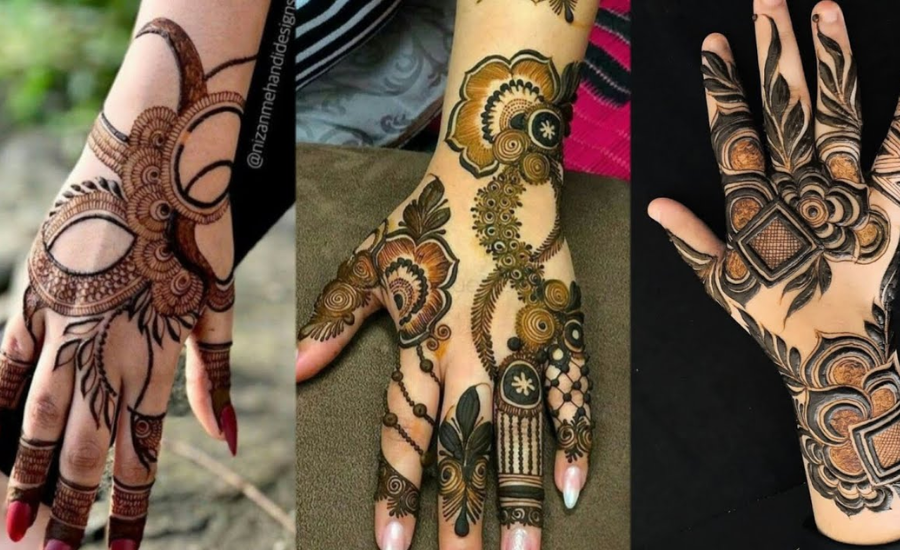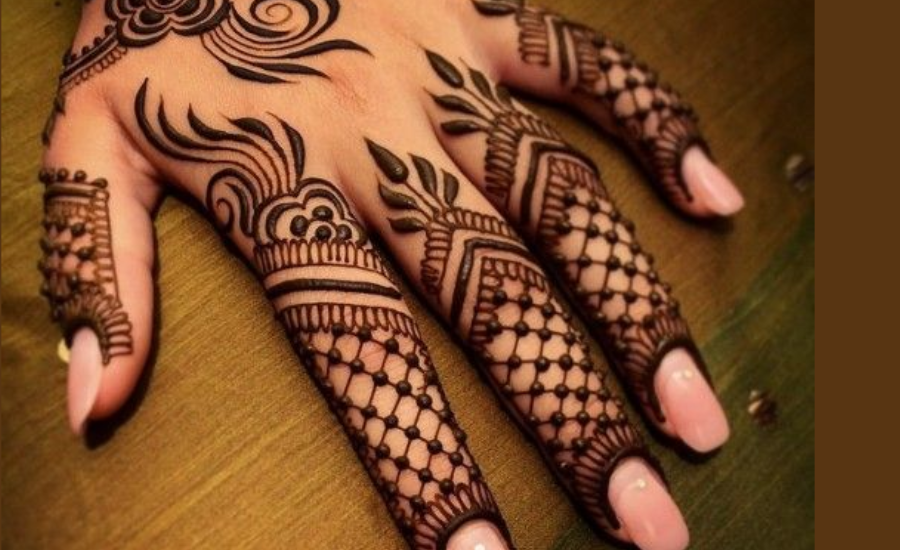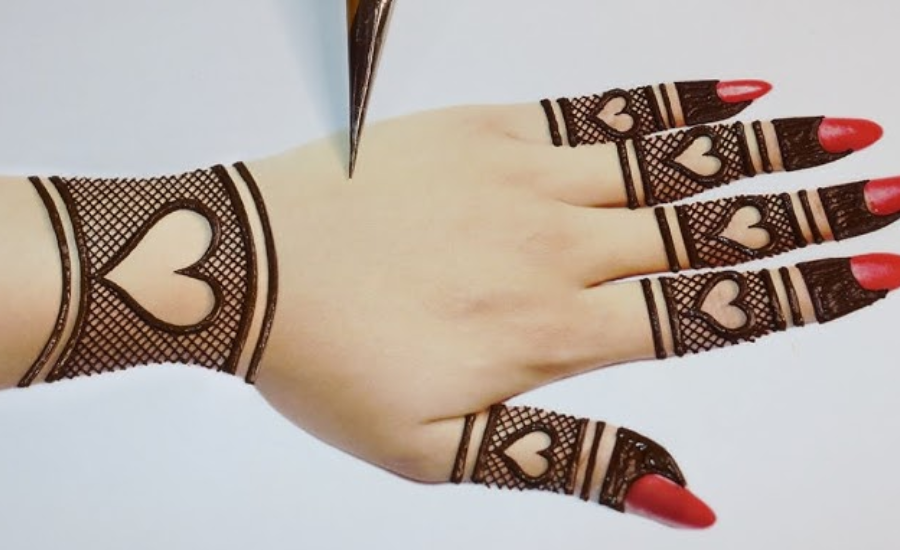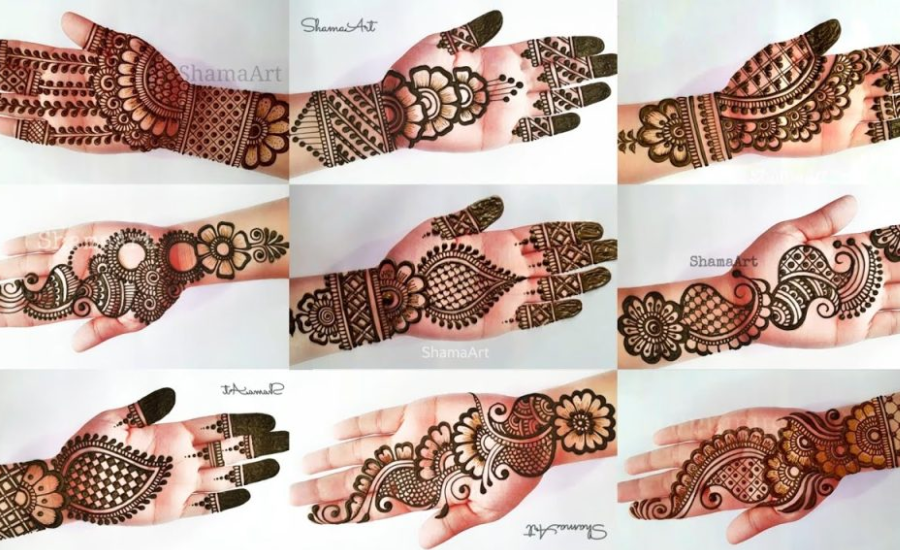stylish:oslq_xdfj1a= mehandi design Mehndi design, an age-old art form, has transformed from its traditional origins into a major trend in modern fashion. Traditionally linked to cultural ceremonies, mehndi now bridges the gap between tradition and contemporary style. This article delves into the world of modern mehndi designs, highlighting current trends, innovative techniques, and chic patterns that enhance the mehndi experience and reflect both timeless elegance and contemporary flair.
The Charm of Stylish Mehndi Designs: A Journey Through History and Culture

Origins and Evolution
Mehndi, also known as henna, has its roots in ancient civilizations like Egypt and India. Initially valued for its cooling effects, it has long been used as body art for special occasions. Over the centuries, mehndi’s role has expanded, becoming a prominent feature in weddings and festivals. Today, mehndi designs have become increasingly intricate, merging traditional elements with modern aesthetics.
Cultural Significance
Mehndi carries deep cultural meaning in various traditions, representing joy, beauty, and spiritual awakening. In Indian weddings, the darkness of the mehndi stain is often seen as a symbol of the couple’s emotional connection. This rich cultural heritage continues to influence contemporary mehndi designs, combining classic patterns with innovative approaches.
Modern Patterns and Techniques
The realm of mehndi design is continually advancing, driven by innovation and artistic flair. While traditional paisley and floral patterns remain timeless, modern designs now incorporate geometric shapes and abstract art. New techniques, such as shading, stippling, and the use of glitter and colored henna, have introduced fresh elements to mehndi artistry, enhancing its visual impact.
Personalization and Customization
One of the most notable aspects of contemporary mehndi is its capacity for personalization. Today, both brides and fashion enthusiasts are increasingly choosing customized designs that reflect their individual preferences, interests, and personal narratives. These custom designs often feature initials, important dates, and other symbolic elements, adding a distinctive and meaningful touch to each mehndi creation.
Current Trends in Stylish Mehndi Designs

Minimalist Elegance
The minimalist trend has made a significant impact on mehndi design, introducing a modern twist to traditional body art. Characterized by clean lines and simple motifs, minimalist mehndi offers a refined and understated look. This style resonates particularly well with younger audiences who value simplicity and sophistication in their body art.
Fusion Designs
Fusion mehndi combines classic patterns with contemporary elements to create a distinctive and stylish appearance. This trend merges traditional motifs, such as detailed mandalas, with modern designs like geometric shapes and abstract art. The result is a seamless blend of tradition and modernity, appealing to those who appreciate a fresh yet timeless aesthetic.
Bold and Striking
For those who prefer to make a bold impression, intricate mehndi designs that cover larger areas of the body offer a dramatic and eye-catching effect. These designs often extend beyond the hands and feet to include the arms and legs, creating a powerful visual impact. Bold mehndi is perfect for individuals seeking body art that commands attention and stands out.
Creating the Perfect Mehndi Design
Choosing the Right Mehndi Artist
To achieve a stunning mehndi design, selecting a skilled artist is key. Look for a professional with a proven track record of creativity and precision, ideally one with a strong portfolio and positive reviews. Recommendations from friends and family can also guide you to a reputable mehndi artist who specializes in stylish designs.
Preparing Your Skin
Proper skin preparation is essential for ensuring a long-lasting mehndi stain. Start by cleaning your skin thoroughly, removing any oils or lotions that might interfere with dye absorption. Exfoliating before application helps achieve a more even color and enhances the richness of the stain.
Caring for Your Mehndi
Effective post-application care can prolong the life of your mehndi design. Allow the paste to dry completely and avoid washing the area for at least 6-8 hours. For a deeper color, apply a mixture of lemon juice and sugar to the dried paste. After removing the paste, refrain from washing the area with soap or water for several hours to ensure the color fully develops.
Traditional vs. Modern Mehndi Designs
Traditional Designs
Traditional mehndi designs are celebrated for their intricate and detailed patterns, which commonly feature paisleys, floral elements, and geometric shapes. These elaborate designs often extend across the hands and feet, sometimes reaching up to the elbows and knees. They are a reflection of rich cultural traditions and timeless artistic skills.
Modern Designs
Modern mehndi designs blend traditional motifs with contemporary aesthetics. These designs often incorporate a minimalist approach, emphasizing clean lines, negative space, and innovative patterns. While they honor the essence of traditional mehndi, they offer a fresh, stylish twist that appeals to contemporary tastes.
Current Trends in Modern Mehndi Designs

Minimalist Mehndi
Minimalist mehndi designs are appreciated for their clean, elegant simplicity. These designs often feature delicate patterns or single motifs on areas like the fingers or the back of the hand, highlighting precise lines and subtle details. They are ideal for modern brides or individuals seeking understated body art for everyday or casual events.
Fusion Designs
Fusion mehndi designs blend traditional patterns with contemporary elements to create a distinctive and stylish appearance. Classic motifs, such as paisleys, are combined with modern geometric shapes or abstract art. This approach appeals to a broad audience by merging traditional and modern aesthetics.
White Mehndi
White mehndi presents a contemporary alternative to traditional henna designs. Using white body paint or adhesive, this style offers a chic option for non-traditional events or fashion-forward statements. It contrasts beautifully with various skin tones, providing a fresh perspective on classic mehndi art.
Jewelry-Inspired Designs
Jewelry-inspired mehndi designs replicate the look of actual jewelry, such as bracelets, rings, and anklets. These intricate designs mimic traditional adornments, adding a sophisticated touch to the mehndi art and enhancing its elegance.
Arabic Mehndi
Arabic mehndi designs are distinguished by their bold, flowing patterns and large floral motifs. With an emphasis on dramatic lines and negative space, these designs create a striking contrast against the skin. Arabic mehndi offers a timeless and stylish aesthetic, perfect for those seeking a bold, beautiful look.
Glitter Mehndi
Glitter mehndi introduces a touch of sparkle to traditional henna designs. By incorporating glitter and colorful stones, this style adds a festive and glamorous element to the mehndi. It is a popular choice for special occasions and for those wanting to make a vibrant, eye-catching impression.
Final Words
Stylish:oslq_xdfj1a= Mehandi Design, an ancient art form rooted in civilizations like Egypt and India, has transformed from a traditional practice into a contemporary fashion statement. Initially used for its cooling effects and applied during special occasions, mehndi has evolved into a vital element of modern celebrations and weddings.
Mehndi carries deep cultural significance, symbolizing joy and beauty. In Indian weddings, the depth of the mehndi stain is often seen as a reflection of emotional connection and marital bliss. This cultural richness continues to inspire both traditional and modern Stylish:oslq_xdfj1a= Mehandi Design.
FAQs
What is mehndi and where did it originate?
Mehndi, also known as henna, is an ancient art form that involves applying a paste made from the henna plant to the skin. It originated in ancient civilizations such as Egypt and India, where it was used for its cooling properties and as a form of body art during special occasions.
How have mehndi designs evolved over time?
Traditionally, mehndi designs were intricate and focused on elaborate patterns covering large areas of the body. Over time, modern designs have emerged, blending traditional elements with contemporary aesthetics. Today, mehndi designs range from minimalist patterns to bold and innovative styles.
What are the key trends in contemporary mehndi designs?
Key trends in modern mehndi designs include minimalist patterns that emphasize clean lines and subtle details, fusion designs that combine traditional motifs with modern elements, white mehndi for a chic alternative to traditional colors, jewelry-inspired designs mimicking actual adornments, and the addition of glitter for a glamorous touch.
How can I choose the right mehndi artist?
To find a skilled mehndi artist, look for someone with a strong portfolio showcasing creativity and precision. Seek recommendations from friends and family, and check online reviews. A reputable artist should have experience with various styles and be able to provide examples of their previous work.
How should I prepare my skin before applying mehndi?
Proper skin preparation is crucial for achieving a long-lasting mehndi stain. Ensure your skin is clean and free from oils or lotions, as these can affect dye absorption. Exfoliating your skin before application can help achieve an even color and enhance the depth of the stain.
What should I do after applying mehndi to ensure the best results?
After applying mehndi, allow the paste to dry completely and avoid washing the area for at least 6-8 hours. To deepen the color, you can apply a mixture of lemon juice and sugar. Once the paste is removed, avoid washing the area with soap or water for a few hours to let the color fully develop.
What are the differences between traditional and modern mehndi designs?
Traditional mehndi designs are characterized by their intricate patterns, including paisleys, floral motifs, and geometric shapes, often covering large areas of the body. Modern mehndi designs, on the other hand, embrace minimalism, clean lines, and innovative patterns while blending traditional elements with contemporary aesthetics.
What is white mehndi and when is it used?
White mehndi uses white body paint or adhesive instead of traditional henna paste. It provides a chic and stylish option for non-traditional events or fashion statements. White mehndi stands out against various skin tones and offers a modern twist on classic designs.
Can mehndi designs be customized?
Yes, modern mehndi designs can be highly personalized. Many people opt for custom designs that reflect personal tastes, interests, and significant symbols. Customization often includes initials, dates, and other meaningful elements, adding a unique touch to the mehndi art.
How do I care for my mehndi design to ensure it lasts?
To ensure your mehndi design lasts, follow proper aftercare. Keep the mehndi paste on for the recommended time, avoid washing the area immediately after removal, and keep the area dry. Applying a mixture of lemon juice and sugar can help darken the stain, and avoiding soap and water for a few hours will help the color develop fully.
Stay informed with the latest updates and notifications! trendyrevolve



